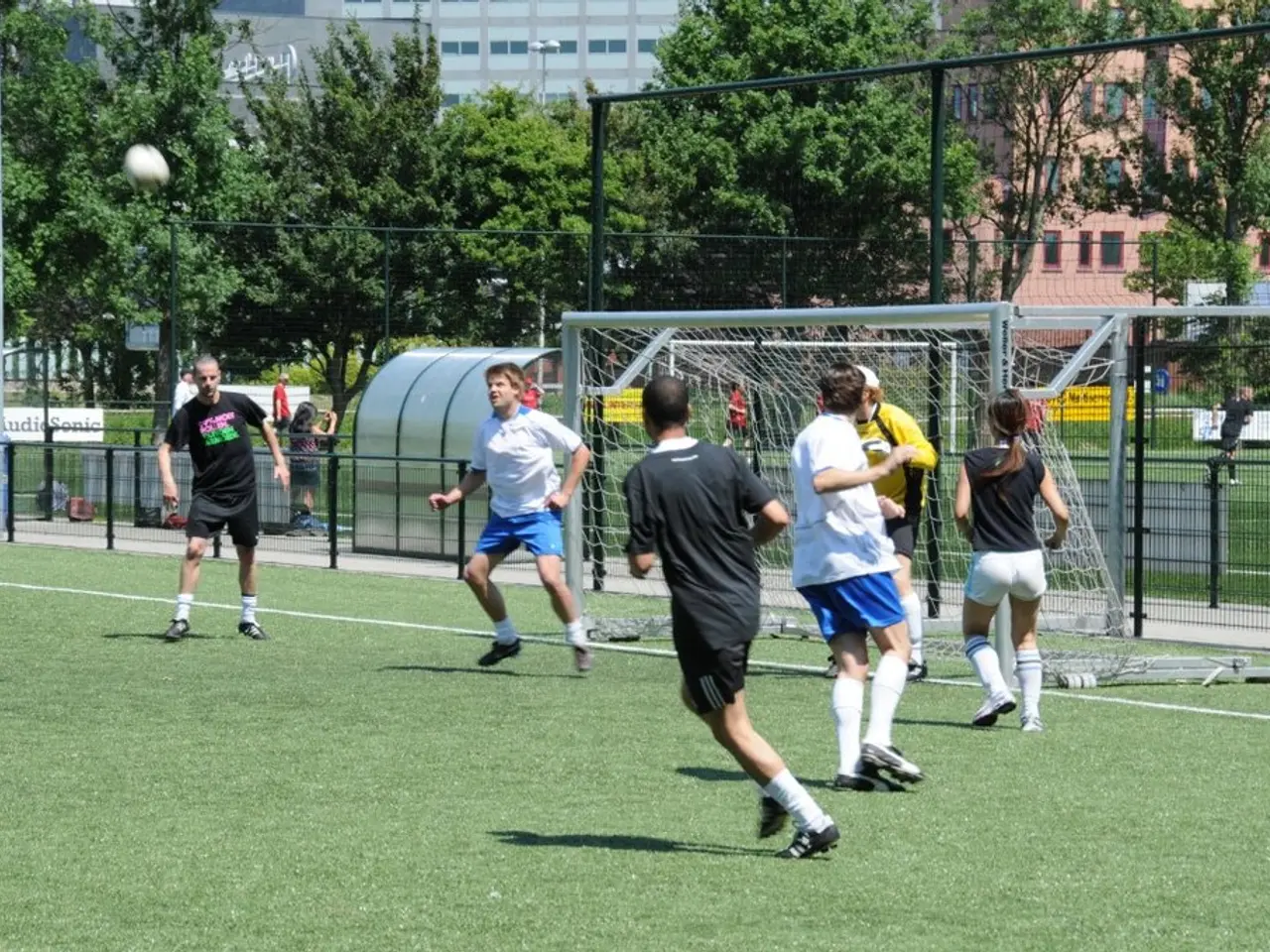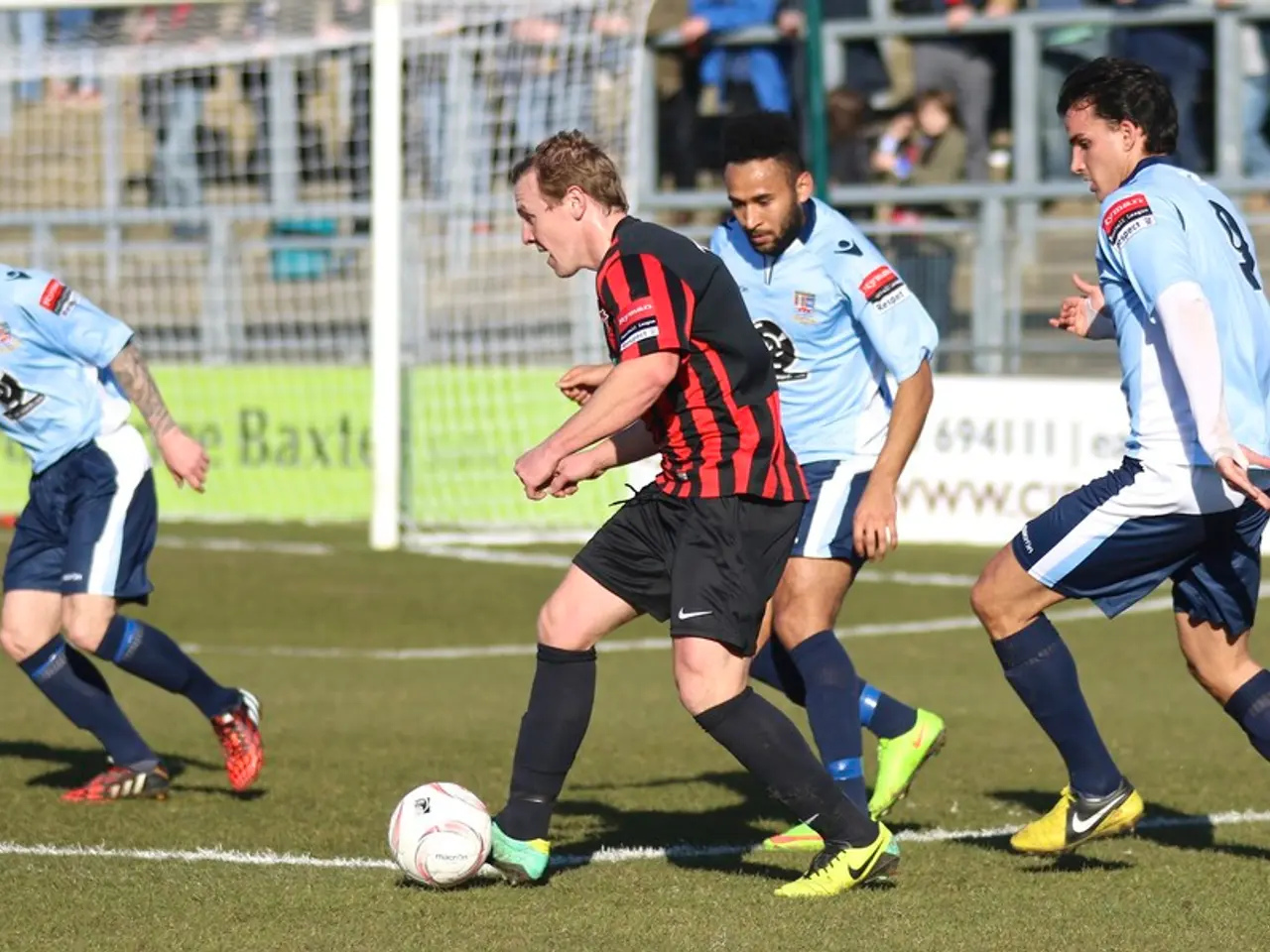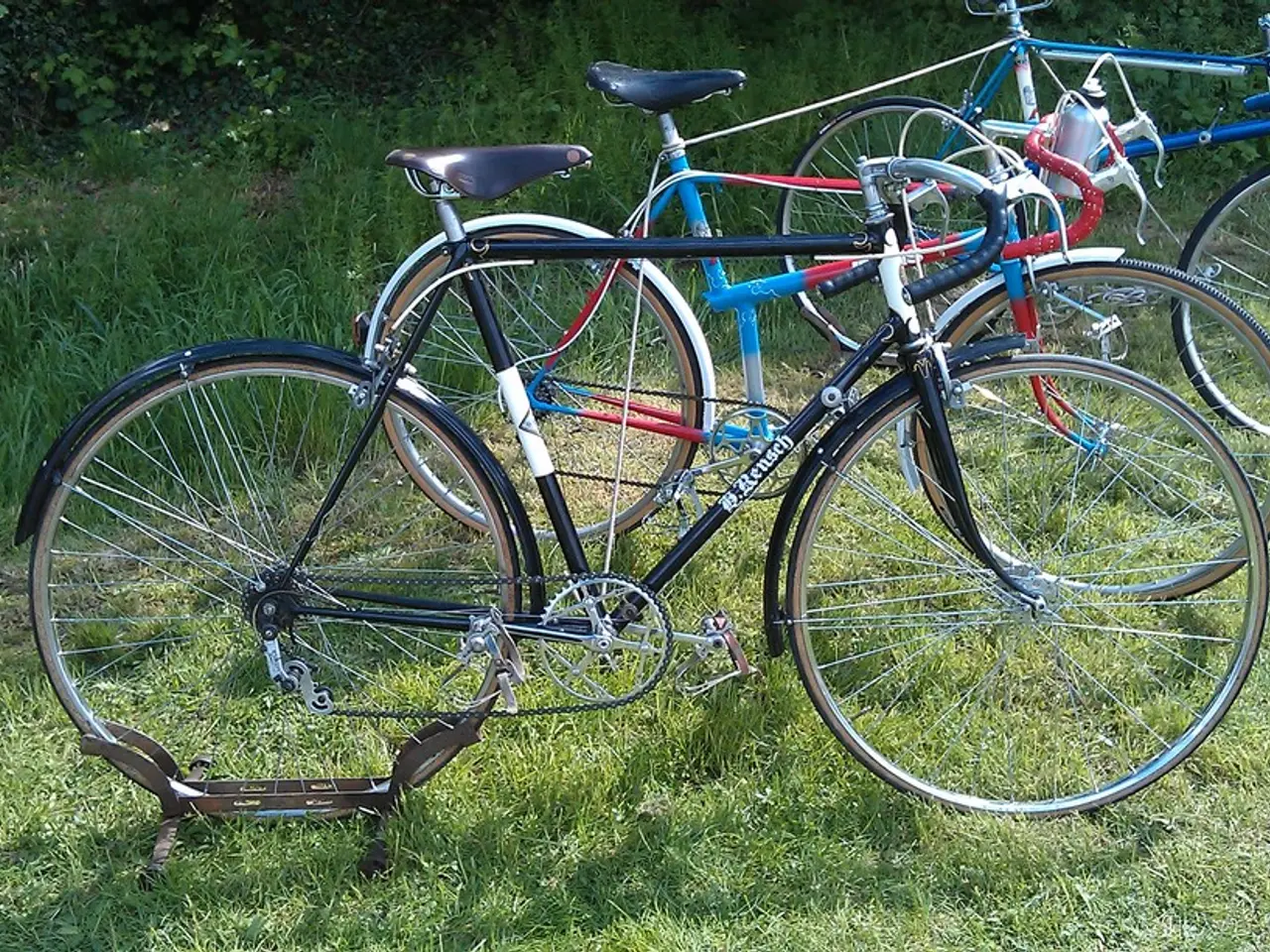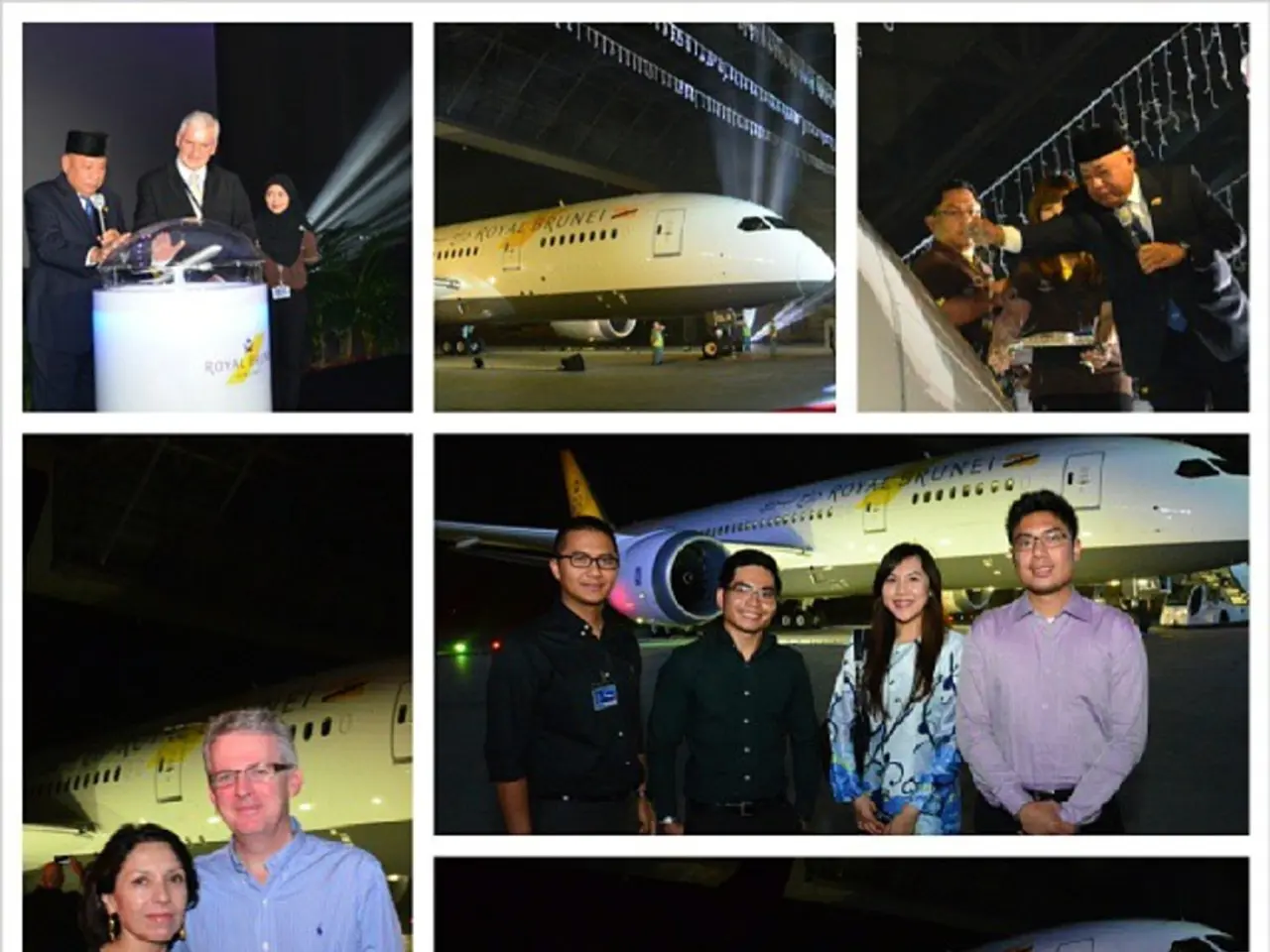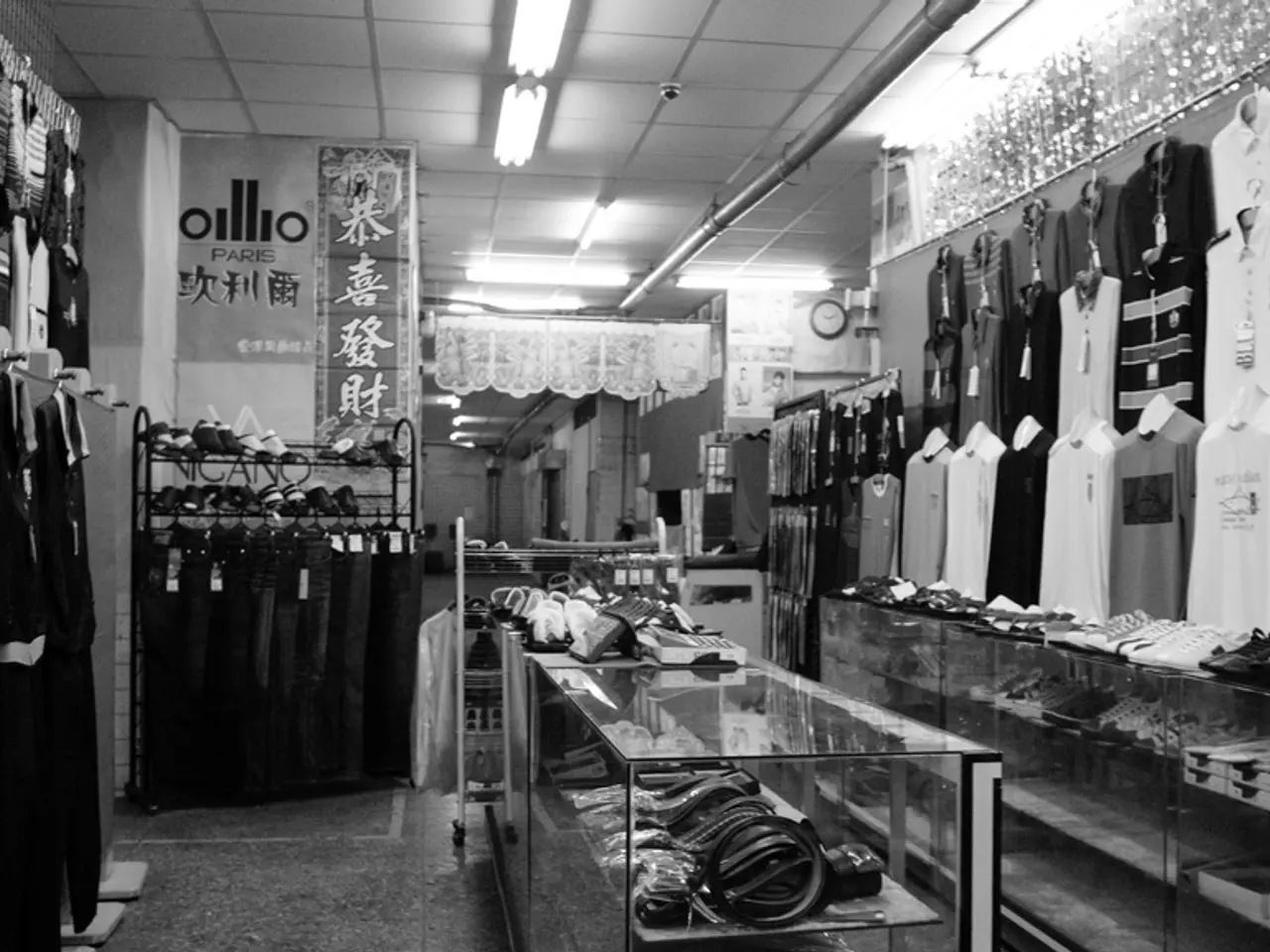"Where does Galatasaray find the substantial funds for their high-profile purchases?"
Galatasaray, one of Turkey's most iconic football clubs, is making waves in the football world with its new lineup of international stars. This shift has attracted significant sponsorship deals, as companies are willing to pay more than they did a few years ago.
The club's financial strategy revolves around substantial investments, structured payment plans, lucrative contracts with loyalty and image rights bonuses, and strategic budgeting. This approach has allowed Galatasaray to afford high transfer fees for star players like Leroy Sané, Victor Osimhen, Ilkay Gündogan, and Hakan Calhanoglu.
Victor Osimhen's €75 million transfer from Napoli, the Turkish football record deal, is a prime example of this strategy. The transfer fee was structured as €40 million upfront and the remaining €35 million in installments by the end of 2026. This approach helps manage cash flow for such high fees.
Osimhen's contract also includes a €15 million annual salary, a €1 million loyalty bonus, and €5 million from branding/image rights agreements. This demonstrates Galatasaray's ability to leverage image rights and marketing deals linked to star players to supplement financing.
Despite breaking records with Osimhen’s signing, the club's coach acknowledged that the deal creates a budget issue. This indicates Galatasaray's careful management of financial constraints while prioritizing marquee signings.
For other players like Leroy Sané, Ilkay Gündogan, and Hakan Calhanoglu, Galatasaray typically contracts established stars with good marketing potential. The club balances salaries and transfer fees with commercial income, sponsorships, and fanbase support to fund these acquisitions.
Galatasaray's ultimate goal is to make fans proud, not just in Turkey, but throughout Europe. The club is already planning to use the earnings from the sale of the training ground in the Florya district, although these earnings have not yet been realized. The sale could potentially generate hundreds of millions of dollars.
Last season, Galatasaray received around 17 million US dollars in broadcast revenues as the winner of the Turkish Super Lig. Additionally, the club receives financial support from the Turkish construction sector, such as Pasifik Holding and Rams Global.
The political and cultural significance of Galatasaray aiming to shake up the European elite is evident in Turkey. The club's dream of reviving the spirit of the early 2000s, when it was naturally part of the European elite, fuels this hope.
Coach Okan Buruk, who was part of the winning team in 2000, said that this year, the fans expect the team to succeed in Europe. Leroy Sané's arrival was welcomed by Turkish fans with enthusiasm at Istanbul Airport.
However, the club's high foreign debts make progress in Europe a financial necessity. Galatasaray's main goal is to reach at least the Champions League quarterfinals, preferably the final. With the new lineup of international stars, this dream seems within reach.
[1] [Source] [2] [Source] [3] [Source] [4] [Source] [5] [Source]
Galatasaray's strategic investments and commercial income from sponsorships, fanbase support, and image rights agreements have enabled them to sign star players like Leroy Sané, who was enthusiastically welcomed by Turkish fans, as they aim to progress in Europe and reach the Champions League final. The club's careful financial management can be seen in its structured payment plans for high transfer fees, such as Victor Osimhen's record-breaking €75 million deal.
